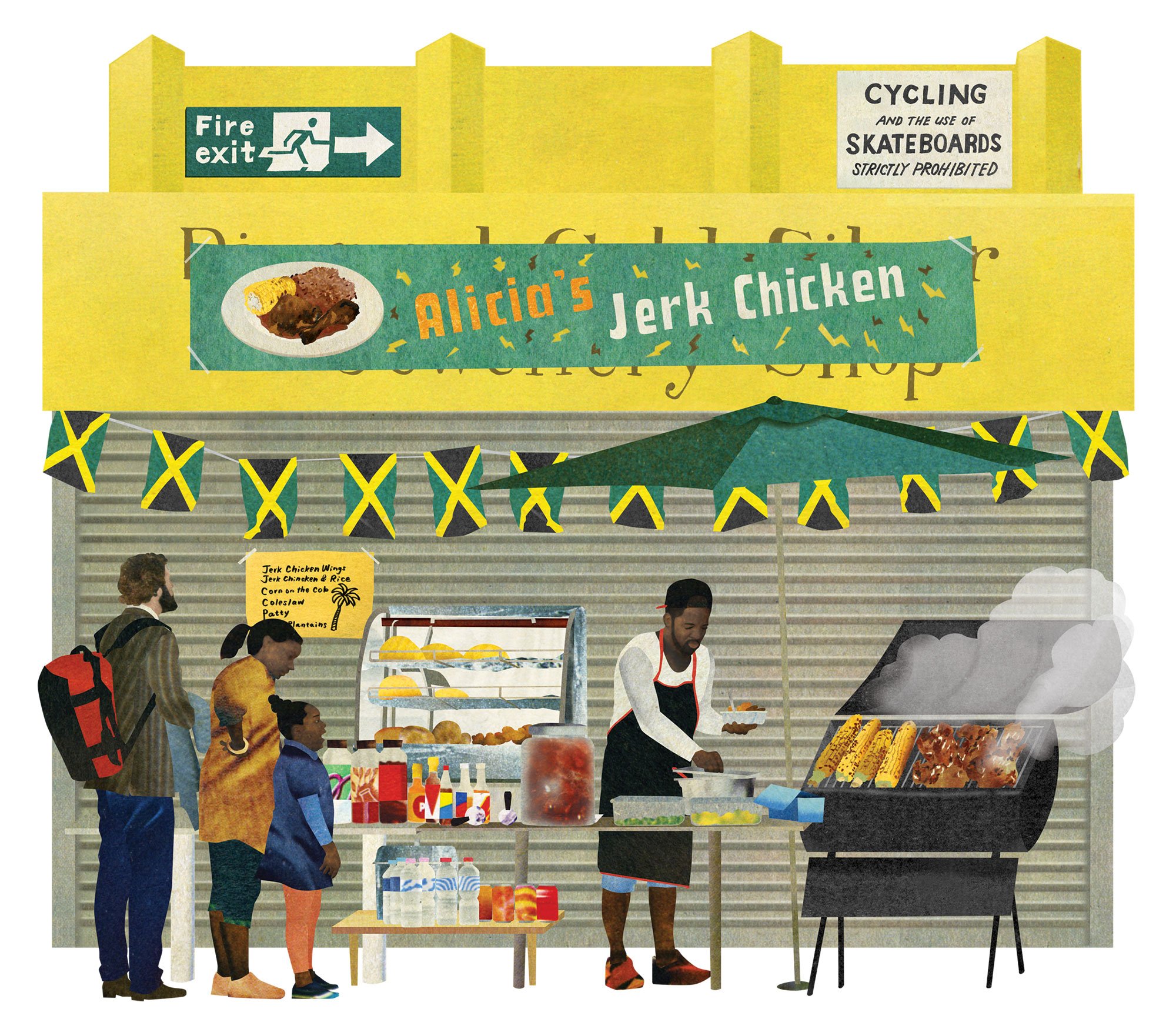By Masha Krasnova-Shabaeva
Growing up in the Soviet Union in the 1980s-1990s, I was mesmerised by all sorts of drawings and by book illustrations in particular. I could look at them for hours, figuring out how they were drawn or fantasizing about the stories behind them. Unsurprisingly, almost never could I see myself in the characters of these illustrations. Looking in the mirror, I saw a chubby kid who was often mistaken for “a boy” by strangers. Very rarely would I find the characters who resemble me in some way in the books I’d been reading. And, certainly, they were never protagonists. Now I understand that the absence of relatable characters added a distance to my connection to the stories and the illustrations that accompanied them. I felt that I couldn’t be part of them: that I had to be just an observer if I couldn’t fit any of the categories defined by appearance.
Image: Vintage Soviet illustration by Veniamin Losin, 1960
Looking at the drawings of grown women didn’t give me any hope of fitting in either: I felt that it was unattainable for me to become the fragile romantic heroine, I saw in so many books, or the overly-sexualised object of desire in magazine comic strips. And there were very few options beyond these two. This vision radically contradicted what I witnessed in the reality surrounding me. My grandmother, like many other women around me, wore short hair, sweatpants and square genderless coats. “Is she even a woman?”, I used to wonder.
Perhaps, you were or are confronted with this gap between the reality around you and its depiction, too. The more different you are from societal expectations and norms, the more difficult it is to find a reflection of yourself in media: a character you can relate to. Moreover, this scarcity underscores the importance of acknowledging the diversity of human identities and appearances.
Illustration is often about appearances. The visual elements of objects and characters in illustration play a crucial role in conveying information. The long history of the lack of authentic portrayals is something that we have to deal with as illustrators, irrespective of our country of origin. Some parts of this history are quite shameful: illustrators are responsible for creating some of the most offensive stereotypes that persist. Nevertheless, I don’t think that we should be ashamed. Instead, we have to research this history and be aware of it to be able to change it in the future.
Image: Ellie McGuiness
How exactly do we do that? The increasing diversity in character representation is an obvious trend, and it makes me happy to see that. It reflects ongoing efforts by illustrators to avoid a safety net of stereotypes that keeps the illusionary equilibrium of the traditional societal norms and biases in place.
But there is plenty of anxiety around representation done “correctly” and many more questions to answer: how do we empower illustrators from marginalized groups instead of commodifying their identities and experiences? Do we want our characters to be diverse for the right reasons? What are “the right reasons” exactly? Is it ok for us to represent a group or culture we don’t belong to? If the answer is “yes” - then how do we do that accurately and respectfully? And there are many other questions.
Image: Natsko Seki from the book “Broadway Market”
We can see that illustrators are trying to find their answers to these questions. I think that each of us has to find our own way through that, depending on our individual values, creative goals and interests. It’s also our personal choice not to participate in that at all if all of the above-mentioned don’t concern us.
As an illustrator often working on commissions by different clients my choice is to question the norm and binary in every commission where it’s possible. Working in commercial/editorial illustration means that you are working with a brief and with other people and their views on things. Commercial illustration, specifically, is a perfect embodiment of trying to appeal to the “general public”. Sometimes it’s very difficult to sneak anything personal into a drawing, but in most cases, people are open to your ideas.
Images: Masha Krasnova-Shabaeva for The Financial Times
I always choose to explore the characters I’m creating. I enjoy questioning and “queering up” the gender representation. I want to confuse the general public with my characters. Often I fail, but I’m determined to grow and experiment further. Within the ever-present constraints of working with pre-determined tasks, it’s something small, at times almost unnoticeable by others, that I’m doing for myself. To reflect and be inspired by something very important for me: the diversity of the reality that I see around me.





